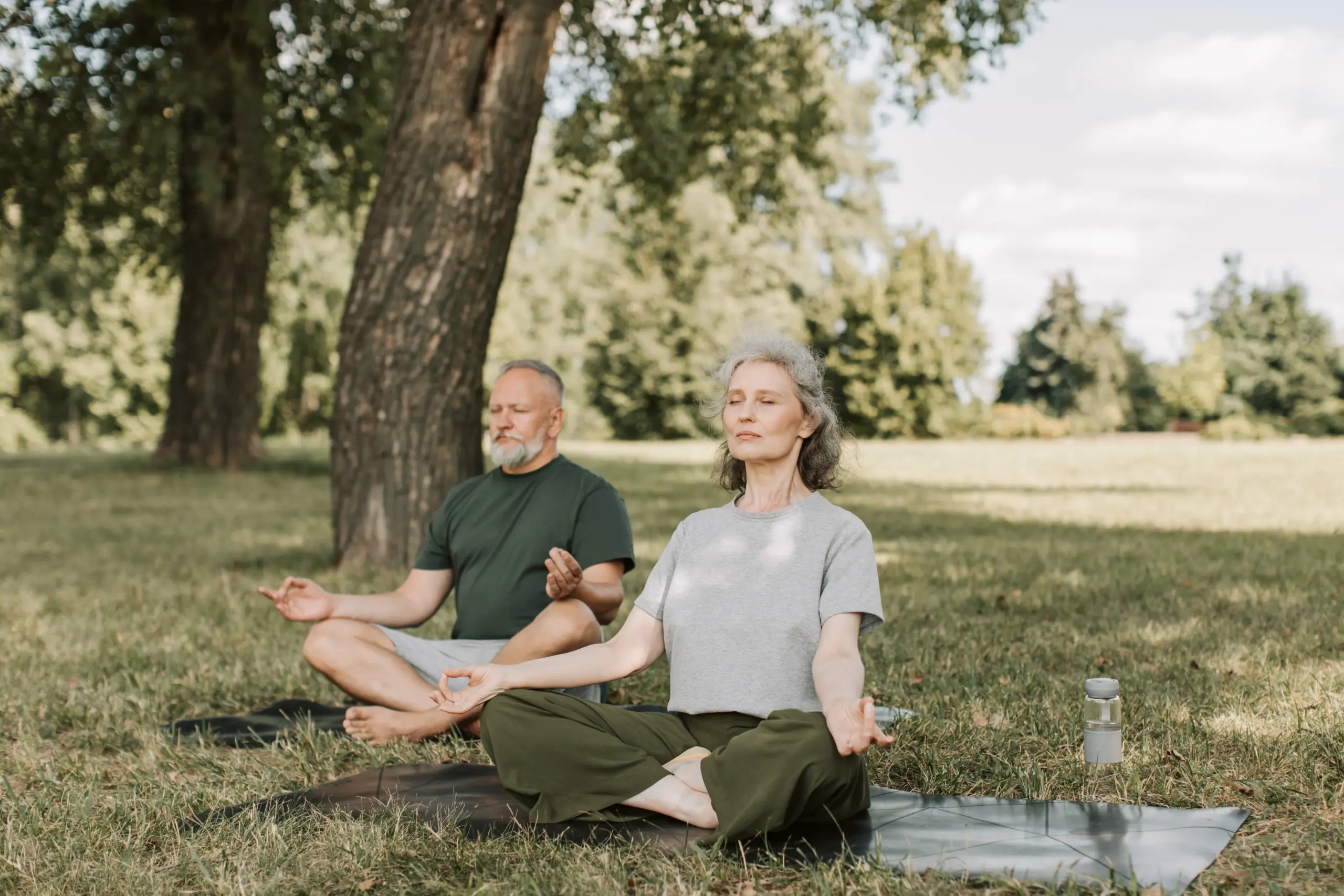With air quality dipping in several parts of the country, it is essential to keep a check on your respiratory and lung health. Delhi-NCR, in the morning of Monday (November 24) recorded an (Air Quality Index) of more than 400. According to the Central Pollution Control Board (CPCB) data, of the 39 monitoring stations, 20 recorded severe pollution levels.
Anand Vihar recorded an AQI of 440, followed by Jahangirpuri at 455, Rohini at 458, Ashok Vihar at 436, ITO at 409, Dwarka at 401 and Burari at 433.
During such high pollution levels, one of the ways to manage your respiratory health and improve lung capacity is performing breathing exercises. These exercises help to strengthen the diaphragm and other respiratory muscles, increasing capacity and elasticity, and improving oxygen exchange. They also help to clear mucous, reduce breathlessness, and can be beneficial for managing chronic lung conditions like asthma or COPD. Here are some breathing exercises that can help improve lung capacity and respiratory health.
Breathing exercises to improve lung capacity, respiratory health
- Diaphragmatic Breathing
This exercise helps to strengthen your diaphragm, which is the main muscle used for breathing. To do it, lie down or sit comfortably. Place one hand on your belly and another on your chest. Breathe in slowly through your nose so your belly rises more than your . Then breathe out through pursed lips slowly. This helps your lungs fill with more air and improves oxygen exchange. It’s especially good for people with asthma or weak lungs because it makes breathing easier and more efficient.
- Rib Stretching
Stand tall and exhale all the air out of your lungs. Then breathe in deeply, filling your lungs as much as possible while spreading your ribs wide. Hold your breath for 10-20 seconds if you can, then slowly exhale. Repeat this several times. This helps to open up your chest and increase by making your rib cage more flexible.
- Pursed-Lip Breathing
This helps to slow down your breathing and keeps your airways open longer. Sit comfortably, inhale slowly through your nose for about two seconds. Then purse your lips as if you’re going to whistle and breathe out slowly through your lips for about four seconds. Repeat this for a few minutes. It helps you get more oxygen with less effort and can be good if you’re suffering from shortness of breath.
- Abdominal Breathing
Lie on your back comfortably. Place one hand on your and the other on your chest. Breathe in deeply through your nose so that your stomach rises higher than your chest. Exhale through your mouth, feeling your stomach fall. Repeat this several times. It increases the diaphragm’s strength and improves lung efficiency.
- Balloon-Blowing Exercise
Take a deep breath and blow into a balloon slowly and fully until it inflates, then rest. Repeat this several times with breaks in between. Inflating a balloon both your inhaling and exhaling muscles and helps increase lung capacity and breathing strength. It’s especially beneficial for older adults or smokers to improve lung function.
- Chest Expansion Exercise
Stand or sit upright and inhale deeply while stretching your out or above your head to expand your chest fully. Hold your breath for a few seconds, then slowly exhale. This helps your lungs expand completely and strengthens the muscles around the ribs, improving oxygen flow.
- Pushing Out
Stand with knees relaxed. Slowly bend forward at the waist and push all the air out of your lungs. Then stand back upright and breathe in fully, filling your lungs to the maximum. Hold your breath for up to 20 seconds while raising your arms above your head, then exhale slowly through your mouth. Repeat several times to increase lung capacity and diaphragm flexibility.
These exercises focuses on different aspects of lung function, strengthening the diaphragm and respiratory muscles, increasing lung volume, improving oxygen exchange, and helping clear air from the lungs. Including these exercises into your daily routine can help to expand your capacity and improve breathing efficiency, leading to better respiratory health and overall well-being.
